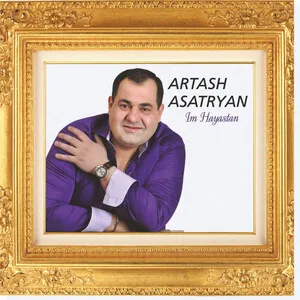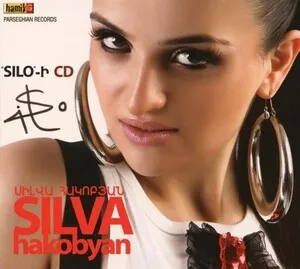Rabiz is a popular urban Armenian music style that grew from working‑class social spaces, family celebrations, and wedding circuits.
It blends Armenian folk melody with Ottoman/West Asian modal colors, Soviet estrada/pop, and danceable disco/keyboard grooves. Typical tracks are mid‑tempo 4/4 with prominent synthesizers, drum machines, and highly ornamented, melismatic vocals that convey themes of love, longing, pride, and everyday life.
Over time, rabiz moved from a stigmatized subculture to a dominant strand of Armenian party music at home and in the diaspora, and it has since crossed into pop, dance, and hip‑hop collaborations.
Rabiz emerged in late Soviet Armenia as a neighborhood and wedding‑hall music associated with urban working‑class musicians. The name is often linked to a Soviet abbreviation for “art workers” (rabotniki iskusstva), which later became a colloquial label for this style. Musically, early rabiz drew on Armenian folk song and dance forms, fused with Ottoman/West Asian modal inflections and the then‑current Soviet estrada and disco aesthetics: synths, drum machines, and catchy refrains.
After the dissolution of the USSR, rabiz rapidly expanded through cassettes, CDs, satellite TV, and the wedding industry. Artists developed a recognizable sound: keyboard‑led ensembles, programmed percussion, and expressive, melismatic singing. Lyrical topics centered on romance, longing, friendship, toasts, and everyday pride. The music became a unifying soundtrack for social events and migrated with Armenian communities across Russia, Europe, and North America.
In the 2010s, rabiz aesthetics blended with global pop and hip‑hop. Singer–rapper collaborations and remixes placed rabiz vocal lines over contemporary trap/reggaeton‑inflected beats, introducing the timbre and melismas of rabiz to wider audiences while keeping its dance‑floor function at weddings and clubs.
Rabiz remains a cornerstone of party music in Armenia and the diaspora. It continues to evolve in production (brighter synths, punchier drums) while retaining its core identity: emotive vocals, modal flavor, and social, celebratory function.


%2C%20Cover%20art.webp)

%2C%20Cover%20art.webp)

%2C%20Cover%20art.webp)
%20-%20Muzica%20Armeneasca%2C%20Cover%20art.webp)
